Home>Furniture & Design>Bathroom Accessories>How To Wash A Plastic Bath Mat
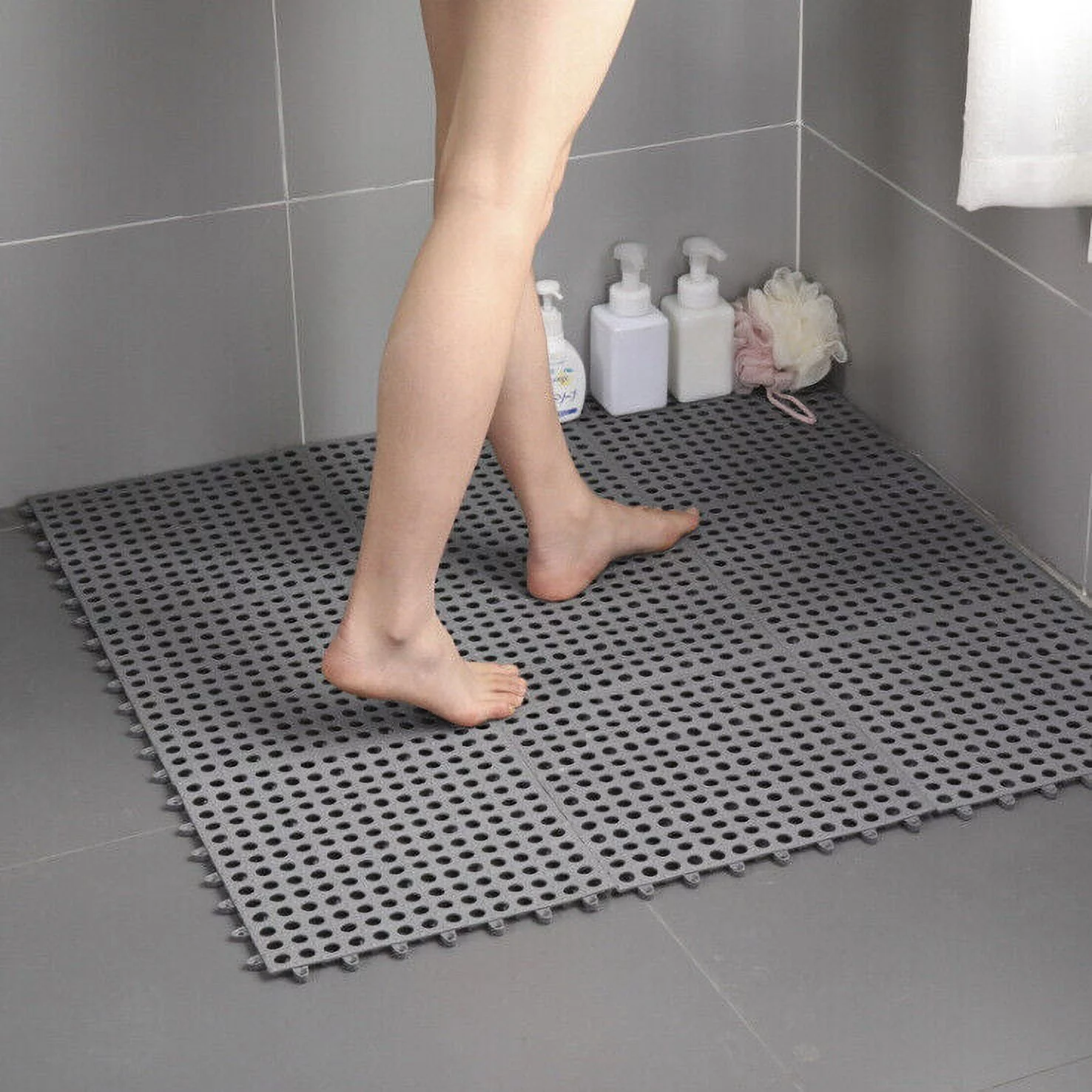

Bathroom Accessories
How To Wash A Plastic Bath Mat
Modified: February 18, 2024
Learn how to properly clean and maintain your plastic bath mat with our expert tips. Keep your bathroom accessories looking fresh and hygienic.
(Many of the links in this article redirect to a specific reviewed product. Your purchase of these products through affiliate links helps to generate commission for Storables.com, at no extra cost. Learn more)
Introduction
When it comes to maintaining a clean and hygienic bathroom, often overlooked is the humble plastic bath mat. This unassuming accessory serves as a barrier between your feet and the cold, hard bathroom floor, providing a comfortable and slip-resistant surface. However, over time, it can accumulate dirt, soap scum, and mildew, leading to an unsightly and unhygienic appearance. To ensure that your plastic bath mat remains a functional and aesthetically pleasing addition to your bathroom, regular cleaning is essential.
In this comprehensive guide, we will walk you through the step-by-step process of effectively washing your plastic bath mat. By following these simple yet effective techniques, you can restore your bath mat to its pristine condition, free from grime and odors. With just a few basic materials and a little bit of effort, you can maintain a clean and inviting bathroom environment for yourself and your family.
So, if you've noticed that your plastic bath mat is looking a bit worse for wear, with unsightly stains or a musty odor, fear not! With the right approach and a bit of elbow grease, you can easily refresh and revitalize your bath mat, ensuring that it continues to serve its purpose effectively. Let's dive into the materials you'll need to get started on this essential bathroom maintenance task.
Key Takeaways:
- Keep your plastic bath mat clean by shaking out loose debris, scrubbing with mild detergent, and thorough rinsing. Proper drying and regular maintenance will ensure a hygienic and slip-resistant surface in your bathroom.
- Maintain your plastic bath mat by establishing a regular cleaning schedule, air drying after each use, and periodic vinegar soaks to combat mildew and odors. Inspect suction cups and avoid harsh chemicals for long-lasting cleanliness and functionality.
Materials Needed
To begin the process of washing your plastic bath mat, you will need a few basic materials that are readily available in most households. These items are essential for effectively removing dirt, grime, and mildew from the bath mat, restoring its cleanliness and functionality. Here's what you'll need:
-
Mild Detergent: Select a gentle, non-abrasive detergent that is suitable for cleaning plastic surfaces. Avoid using harsh chemicals or bleach, as these can damage the material and compromise the integrity of the bath mat.
-
Soft-Bristled Brush: A soft-bristled brush, such as a scrub brush or a clean toothbrush, is ideal for gently scrubbing the surface of the bath mat. This tool will help dislodge stubborn dirt and stains without causing damage to the plastic material.
-
Water: Access to a water source, such as a bathtub or a large sink, is necessary for rinsing the bath mat thoroughly after cleaning. Ensure that you have enough water to completely submerge the mat for effective rinsing.
-
Towel or Cloth: A clean, absorbent towel or cloth will be used to dry the bath mat after cleaning. This will help remove excess moisture and prevent the growth of mildew during the drying process.
-
Optional: Vinegar Solution: If your plastic bath mat has developed a musty odor or mildew, a solution of water and white vinegar can be used to eliminate these unpleasant odors. Vinegar is a natural disinfectant and deodorizer, making it an effective addition to the cleaning process.
By gathering these materials, you'll be well-prepared to tackle the task of washing your plastic bath mat effectively. With these basic items at your disposal, you can proceed with confidence, knowing that you have everything you need to restore your bath mat to a clean and hygienic state. Now that you have your materials ready, let's move on to the step-by-step process of washing your plastic bath mat.
Step 1: Shake Out the Mat
The first step in the process of washing a plastic bath mat is to shake it out to remove loose dirt, debris, and hair that may have accumulated on the surface. This initial action helps to dislodge and eliminate the easily removable particles, preparing the mat for a more thorough cleaning process.
To begin, take the plastic bath mat outside, if possible, to prevent the dislodged dirt and debris from scattering inside your home. If outdoor space is not available, you can perform this step in a well-ventilated area, such as a bathroom with an open window.
Hold the bath mat firmly by its edges and give it a few vigorous shakes to loosen and dislodge any loose particles. You may also opt to gently tap the mat against a solid surface to encourage the release of embedded debris. As you shake or tap the mat, you will notice dust, hair, and other small particles falling away, leaving the surface cleaner and more receptive to the subsequent cleaning steps.
It's important to be thorough in this process, ensuring that you shake out the entire surface of the mat to remove as much loose debris as possible. Pay particular attention to the areas around the suction cups, as dirt and hair tend to accumulate in these areas due to their textured nature.
By shaking out the mat at the outset, you are effectively minimizing the amount of loose dirt and debris that will need to be addressed in the subsequent cleaning steps. This simple yet essential action sets the stage for a more effective and efficient cleaning process, allowing you to focus on removing ingrained stains and odors without the interference of loose particles.
Once you have completed this step, you will be ready to proceed to the next phase of the cleaning process, which involves scrubbing the mat with a gentle detergent to remove stubborn stains and grime. With the loose debris removed, you can approach the subsequent cleaning steps with confidence, knowing that you have laid the groundwork for a thorough and effective cleaning process.
Step 2: Scrub with a Brush
With the loose debris shaken out, it's time to tackle the more stubborn stains and grime that may have accumulated on the plastic bath mat. This is where a soft-bristled brush and a mild detergent come into play, allowing you to effectively scrub the surface of the mat and lift away any embedded dirt and discoloration.
Begin by preparing a solution of warm water and a small amount of mild detergent in a clean container. Ensure that the detergent is thoroughly dissolved in the water, creating a soapy solution that will be used to clean the bath mat. It's important to use a gentle, non-abrasive detergent to avoid damaging the plastic material.
Next, place the plastic bath mat in the soapy water, ensuring that it is fully submerged. Allow the mat to soak for a few minutes to loosen any stubborn dirt and stains. This soaking period helps to soften the grime, making it easier to remove during the scrubbing process.
After the mat has soaked, take the soft-bristled brush and begin gently scrubbing the surface in a circular motion. Focus on areas that show visible staining or discoloration, applying light pressure to dislodge the dirt without causing damage to the plastic material. Pay particular attention to the textured areas around the suction cups, as these areas often trap dirt and require thorough scrubbing.
As you scrub, periodically rinse the brush in clean water to remove dislodged dirt and detergent residue. This prevents the transferred grime from being re-deposited onto the mat during the cleaning process. Continue scrubbing until you have addressed the entire surface of the bath mat, ensuring that all visible stains and discoloration have been effectively treated.
For particularly stubborn stains, you may need to apply a bit more pressure while scrubbing or allow the detergent solution to remain on the affected area for a longer period. However, it's important to exercise caution and avoid using abrasive tools or harsh chemicals, as these can damage the plastic material and compromise the integrity of the bath mat.
Once you have thoroughly scrubbed the entire surface of the mat, drain the soapy water and rinse the bath mat under a stream of clean water. Ensure that all traces of detergent are removed, and the mat is thoroughly rinsed to prevent any residue from remaining on the surface.
With the scrubbing process complete, you have successfully lifted away embedded dirt and stains, restoring the cleanliness and visual appeal of your plastic bath mat. The next step involves thoroughly rinsing the mat to remove any remaining detergent and preparing it for the drying process.
To wash a plastic bath mat, simply soak it in a mixture of warm water and mild detergent for 15-20 minutes. Then scrub it with a brush, rinse thoroughly, and hang to dry.
Step 3: Rinse Thoroughly
After the scrubbing process, thorough rinsing is essential to ensure that all traces of detergent and dislodged dirt are completely removed from the plastic bath mat. This step is crucial in preventing any residue from remaining on the surface, which could potentially lead to a sticky or slippery texture and compromise the cleanliness of the mat.
To begin the rinsing process, place the scrubbed plastic bath mat under a stream of clean, running water. Ensure that the water is at a moderate temperature, neither too hot nor too cold, to effectively rinse away the detergent and dirt without causing any damage to the material. Allow the water to flow over the entire surface of the mat, ensuring that all areas are thoroughly rinsed.
As the water runs over the mat, use your hands to gently massage and squeeze the material, facilitating the release of any remaining detergent and dirt. Pay particular attention to the textured areas around the suction cups, as these areas tend to trap residue and require extra care during the rinsing process. Continue rinsing and massaging the mat until the water runs clear, indicating that all traces of detergent and grime have been effectively removed.
If necessary, you can flip the mat over and repeat the rinsing process on the reverse side to ensure thorough cleanliness. It's important to be meticulous in this step, as any residual detergent or dirt left on the mat could compromise its appearance and functionality.
Once you are satisfied that the plastic bath mat has been thoroughly rinsed, gently shake off any excess water and proceed to the next phase of the cleaning process, which involves drying the mat to prevent the growth of mildew and ensure that it is ready for immediate use.
By diligently following the rinsing process, you can rest assured that your plastic bath mat is free from any lingering detergent or grime, allowing it to maintain a clean and inviting presence in your bathroom. With the mat now effectively cleansed, the final step involves ensuring that it is adequately dried to prevent any moisture-related issues and maintain its hygienic condition.
Step 4: Dry the Mat
After thoroughly rinsing the plastic bath mat, the next crucial step is to ensure that it is adequately dried. Proper drying not only prevents the growth of mildew and mold but also helps maintain the cleanliness and integrity of the mat. By following the appropriate drying techniques, you can effectively prepare the bath mat for immediate use while prolonging its lifespan.
To begin the drying process, gently shake the bath mat to remove any excess water that may be clinging to the surface. This initial action helps to minimize the drying time and prevents water from pooling on the mat, which could lead to the development of mildew in the crevices.
Next, lay the bath mat flat in a well-ventilated area, such as a bathroom floor or an outdoor space with indirect sunlight. It's important to avoid placing the mat in direct sunlight, as prolonged exposure to UV rays can cause the plastic material to deteriorate and lose its flexibility over time. Instead, opt for a shaded area with good air circulation to facilitate the drying process.
If you're drying the mat indoors, you can enhance the airflow by using a fan or opening windows to promote ventilation. This increased air circulation expedites the evaporation of moisture from the mat, ensuring that it dries thoroughly and efficiently.
As the mat begins to dry, periodically check its surface for any remaining moisture. If necessary, use a clean, absorbent towel to gently blot the mat, absorbing any lingering water and accelerating the drying process. Pay particular attention to the textured areas and the underside of the mat, as these areas may retain moisture and require additional drying time.
Depending on the ambient humidity and airflow, the drying process may take several hours to complete. It's essential to exercise patience and allow the mat to air dry naturally, avoiding the use of heat sources such as hairdryers or radiators, as excessive heat can damage the plastic material.
Once the bath mat is completely dry to the touch, carefully inspect it for any signs of remaining moisture or dampness. Ensure that all areas, including the suction cups and edges, are thoroughly dried to prevent the onset of mildew and maintain the mat's cleanliness.
By diligently following these drying guidelines, you can effectively prepare your plastic bath mat for immediate use, free from moisture-related issues and ready to provide a comfortable and slip-resistant surface in your bathroom. With the mat now thoroughly dried, you have successfully completed the essential process of washing and maintaining this indispensable bathroom accessory.
Step 5: Maintenance Tips
Maintaining the cleanliness and longevity of your plastic bath mat involves more than just periodic cleaning. By incorporating simple yet effective maintenance practices into your routine, you can ensure that your bath mat remains in optimal condition, providing a hygienic and slip-resistant surface for your daily use. Here are some valuable maintenance tips to help you preserve the cleanliness and functionality of your plastic bath mat:
-
Regular Cleaning: Establish a regular cleaning schedule for your plastic bath mat to prevent the accumulation of dirt, soap scum, and mildew. Depending on usage, aim to clean the mat at least once a week to maintain its cleanliness and visual appeal. By addressing dirt and stains promptly, you can prevent them from becoming ingrained and more challenging to remove.
-
Air Drying: After each use, allow the bath mat to air dry thoroughly before placing it back in the bathroom. Hanging the mat over the edge of the bathtub or shower enclosure facilitates airflow and prevents moisture from becoming trapped underneath, reducing the risk of mildew growth. Additionally, periodic sun-drying in a shaded outdoor area can help eliminate any lingering moisture and odors.
-
Vinegar Soak: To combat mildew and musty odors, consider soaking the plastic bath mat in a solution of water and white vinegar on a monthly basis. The natural disinfectant properties of vinegar help eliminate bacteria and odors, effectively refreshing the mat and maintaining its hygienic condition. After soaking, rinse the mat thoroughly and allow it to air dry as usual.
-
Inspect Suction Cups: Periodically inspect the suction cups on the underside of the bath mat to ensure that they are clean and free from mold or mildew. If necessary, gently scrub the suction cups with a soft-bristled brush and mild detergent to remove any buildup and maintain their effectiveness in providing a secure grip on the bathroom floor.
-
Avoid Harsh Chemicals: When cleaning your plastic bath mat, refrain from using harsh chemicals, abrasive cleaners, or bleach, as these can damage the material and compromise its slip-resistant properties. Opt for mild detergents and natural cleaning solutions to effectively remove dirt and stains without causing harm to the mat.
-
Rotate and Air Out: Periodically rotate the position of your plastic bath mat to ensure even wear and exposure to airflow. Additionally, consider hanging the mat vertically over a towel rack or shower rod to allow air circulation, preventing moisture buildup and promoting thorough drying between uses.
By incorporating these maintenance tips into your bathroom care routine, you can prolong the lifespan of your plastic bath mat and ensure that it continues to provide a clean, comfortable, and safe surface for your daily use. With regular cleaning, proper drying, and proactive maintenance, you can preserve the cleanliness and functionality of your bath mat, enhancing the overall hygiene and appeal of your bathroom environment.
Frequently Asked Questions about How To Wash A Plastic Bath Mat
Was this page helpful?
At Storables.com, we guarantee accurate and reliable information. Our content, validated by Expert Board Contributors, is crafted following stringent Editorial Policies. We're committed to providing you with well-researched, expert-backed insights for all your informational needs.
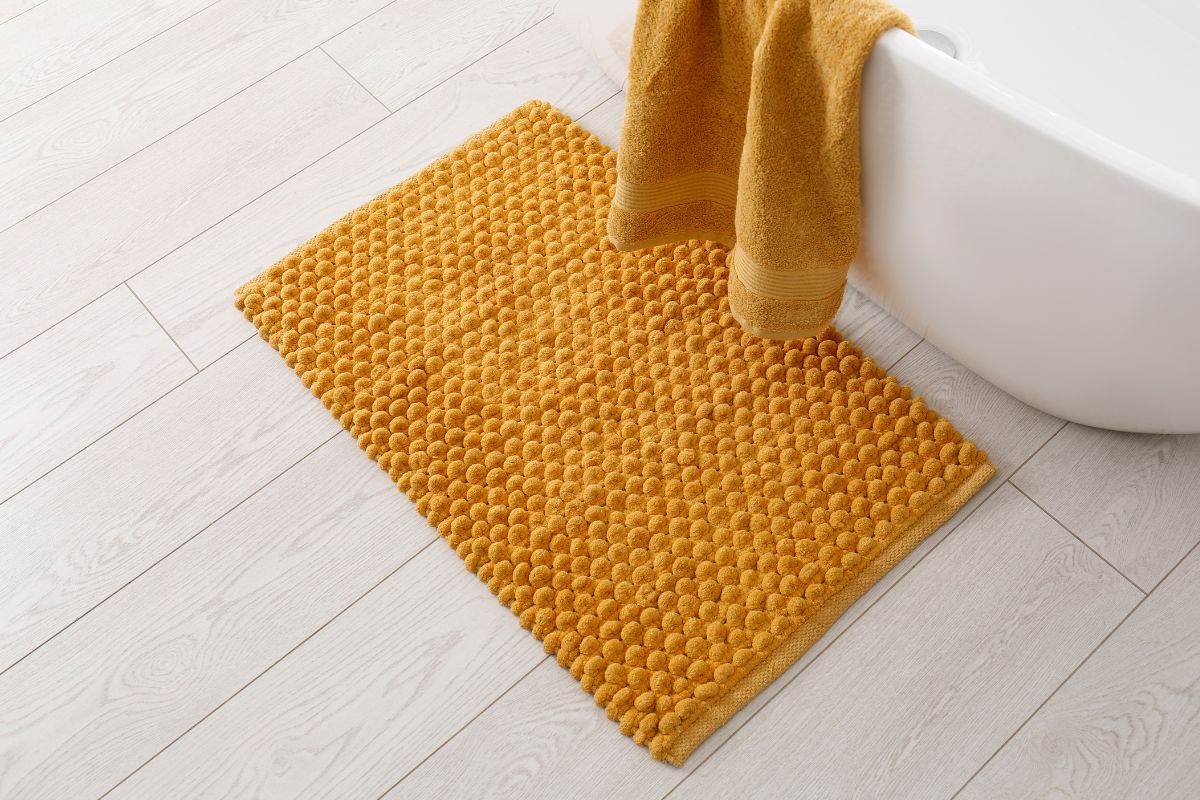
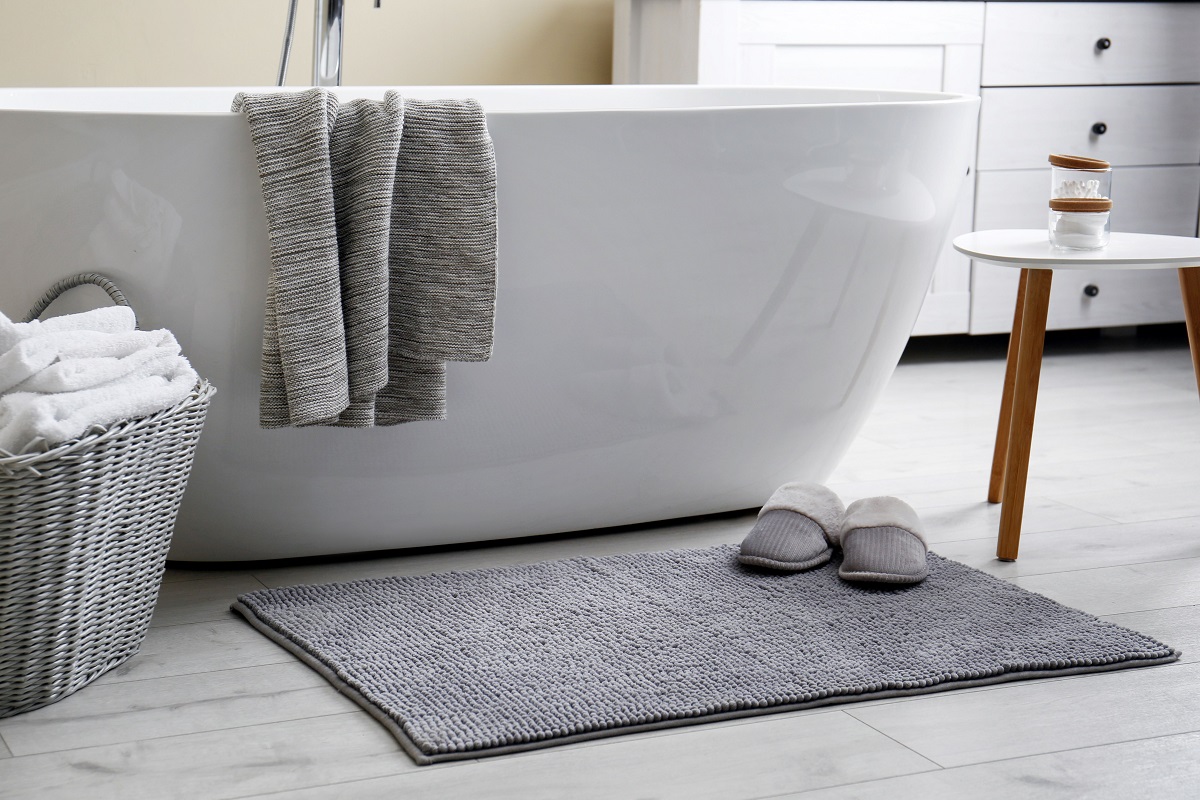
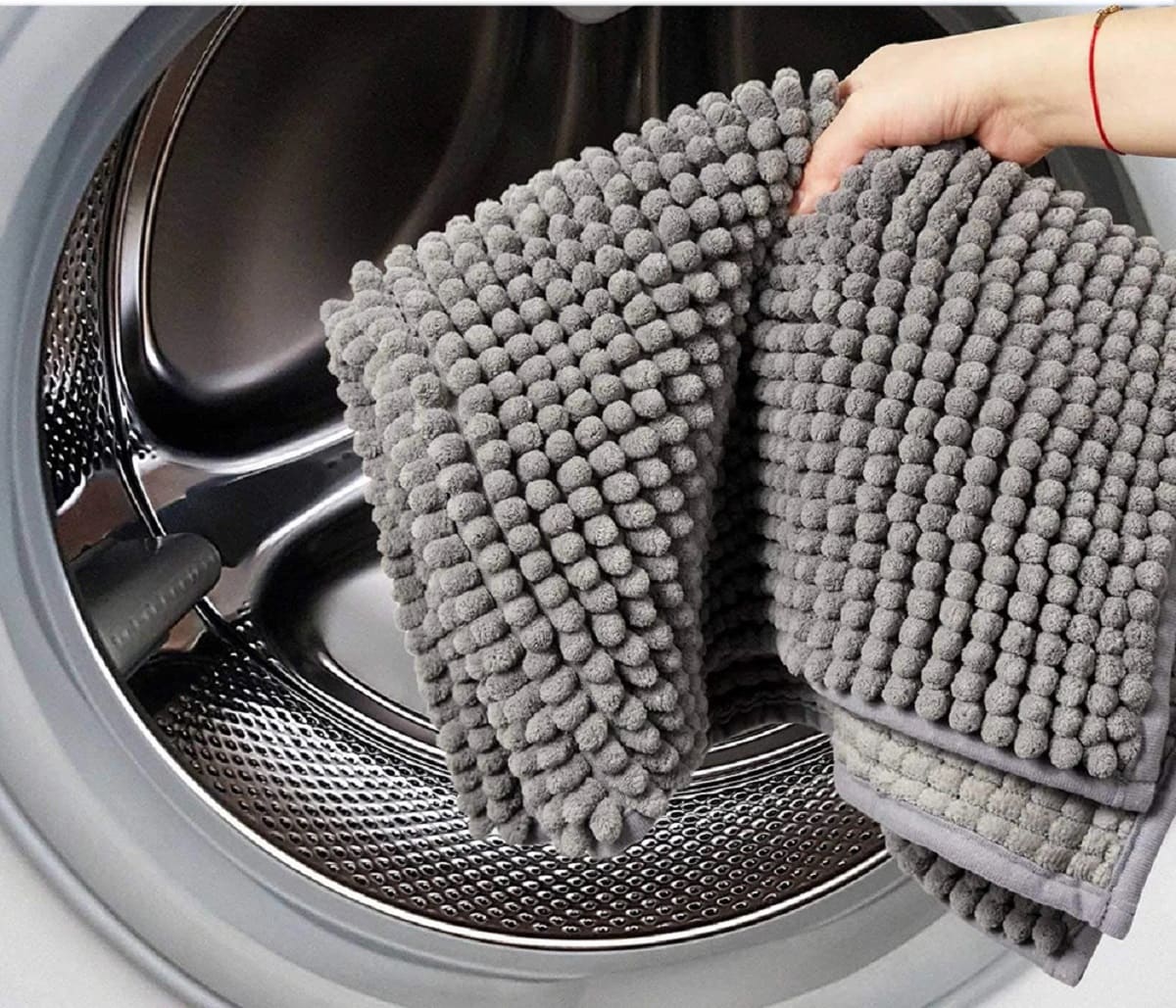
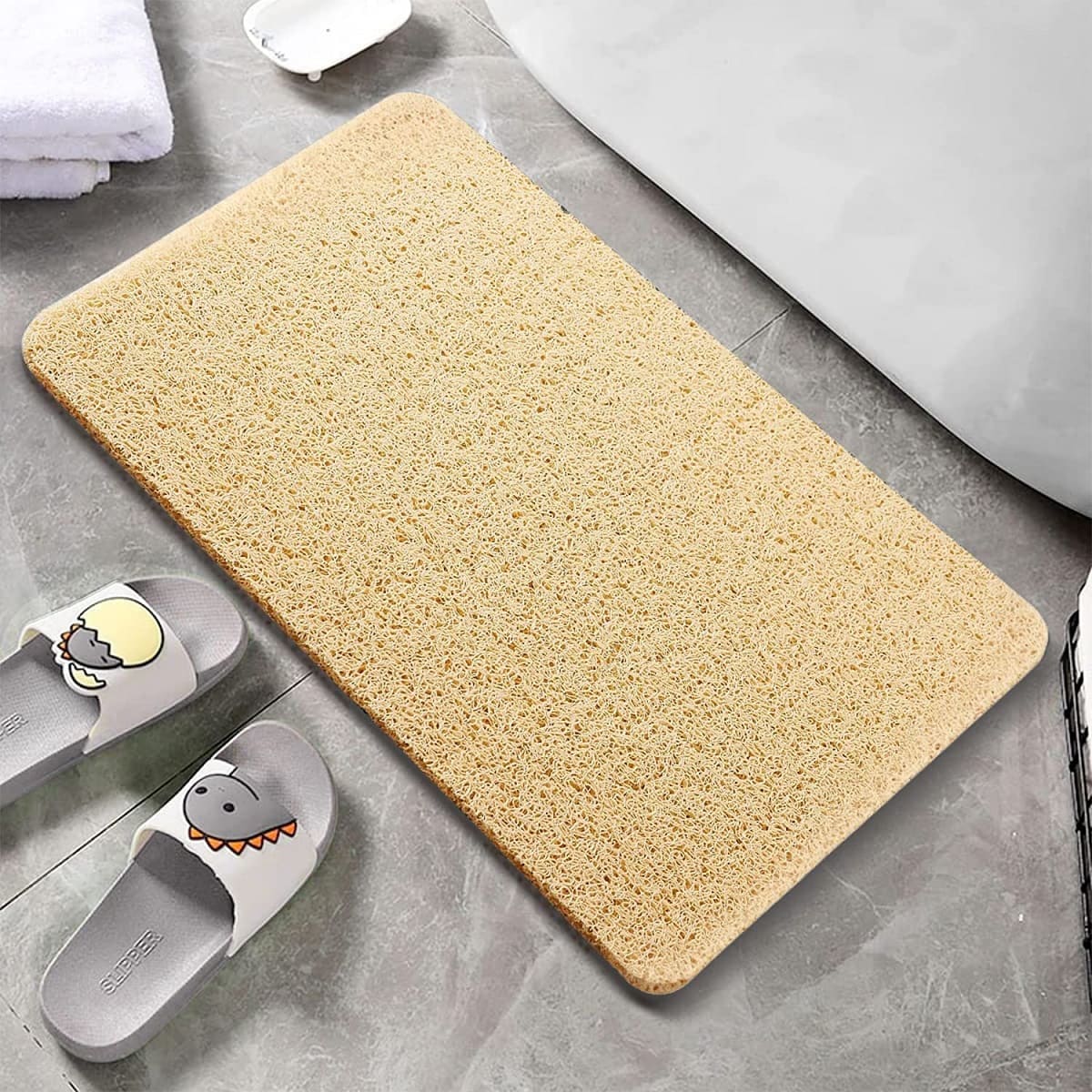
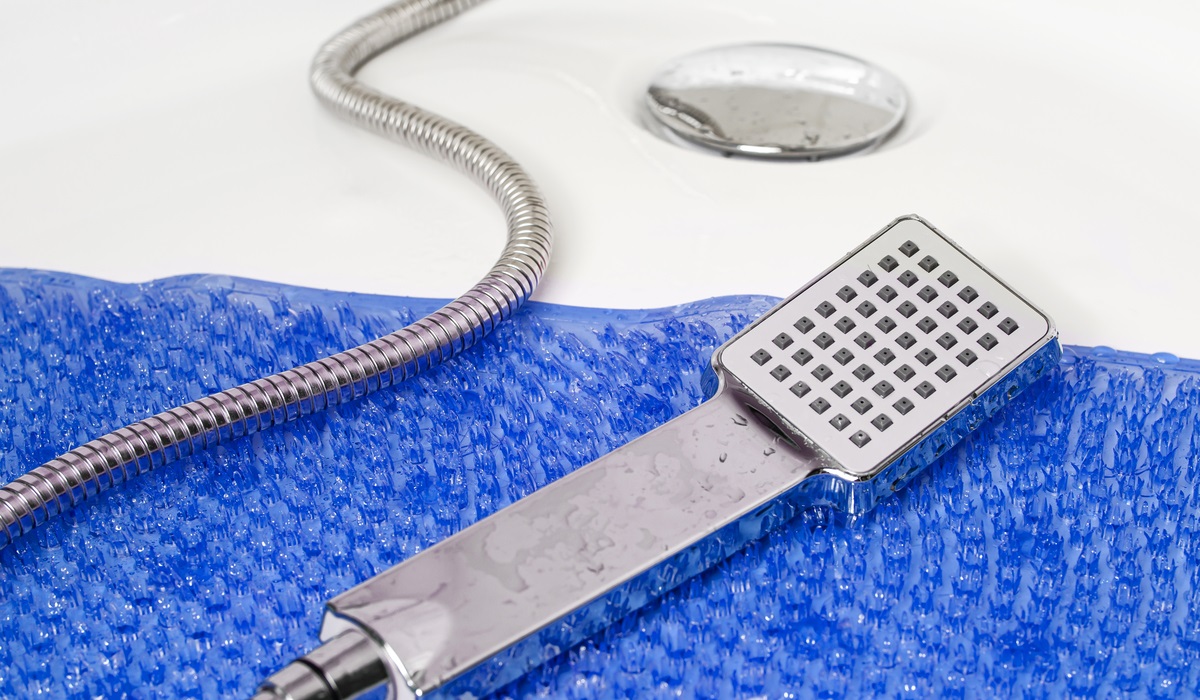
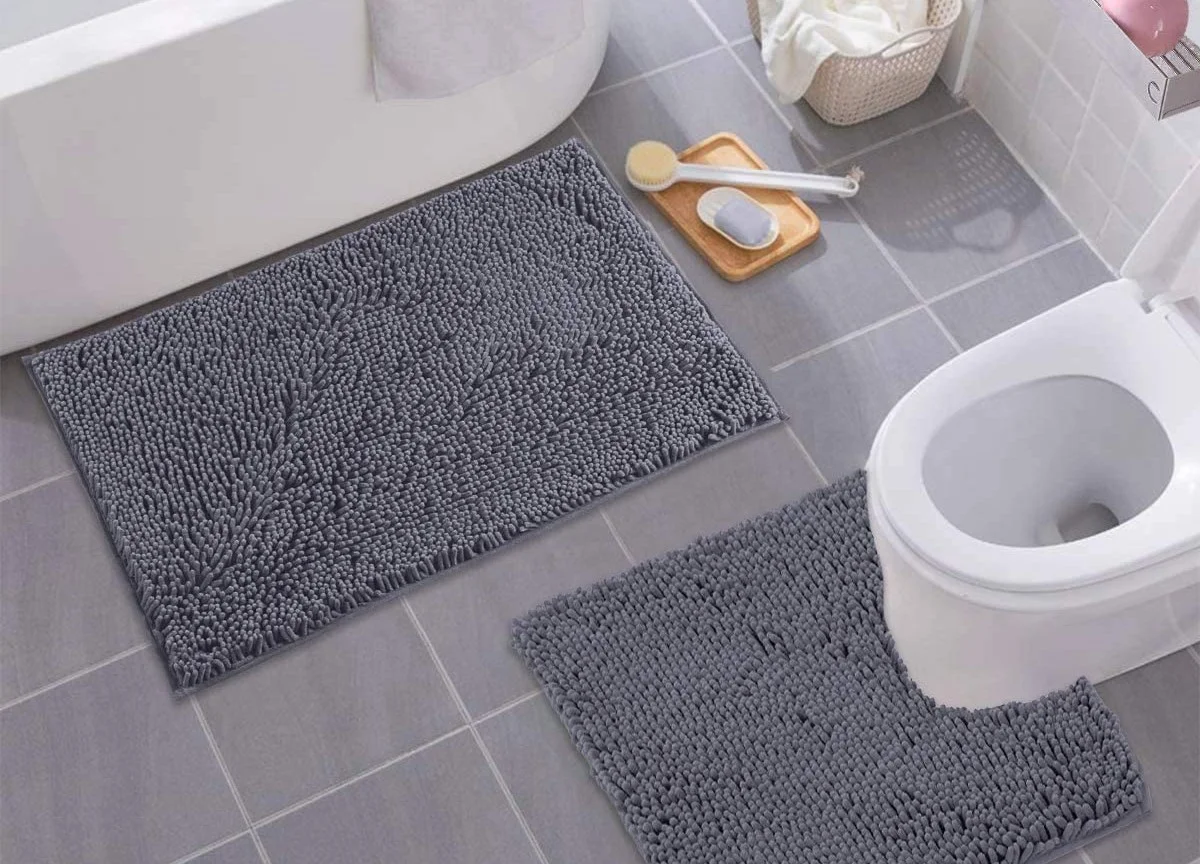
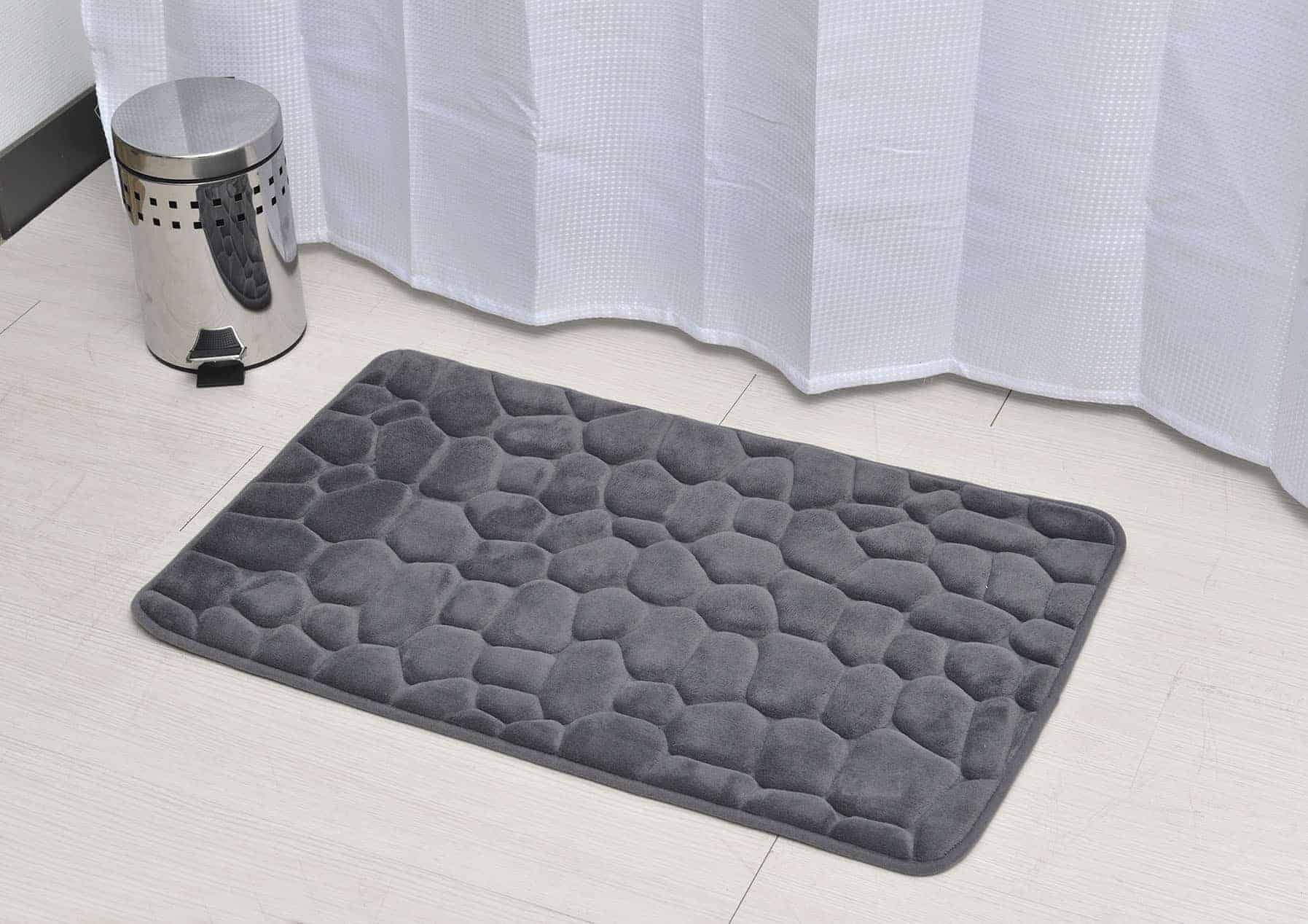
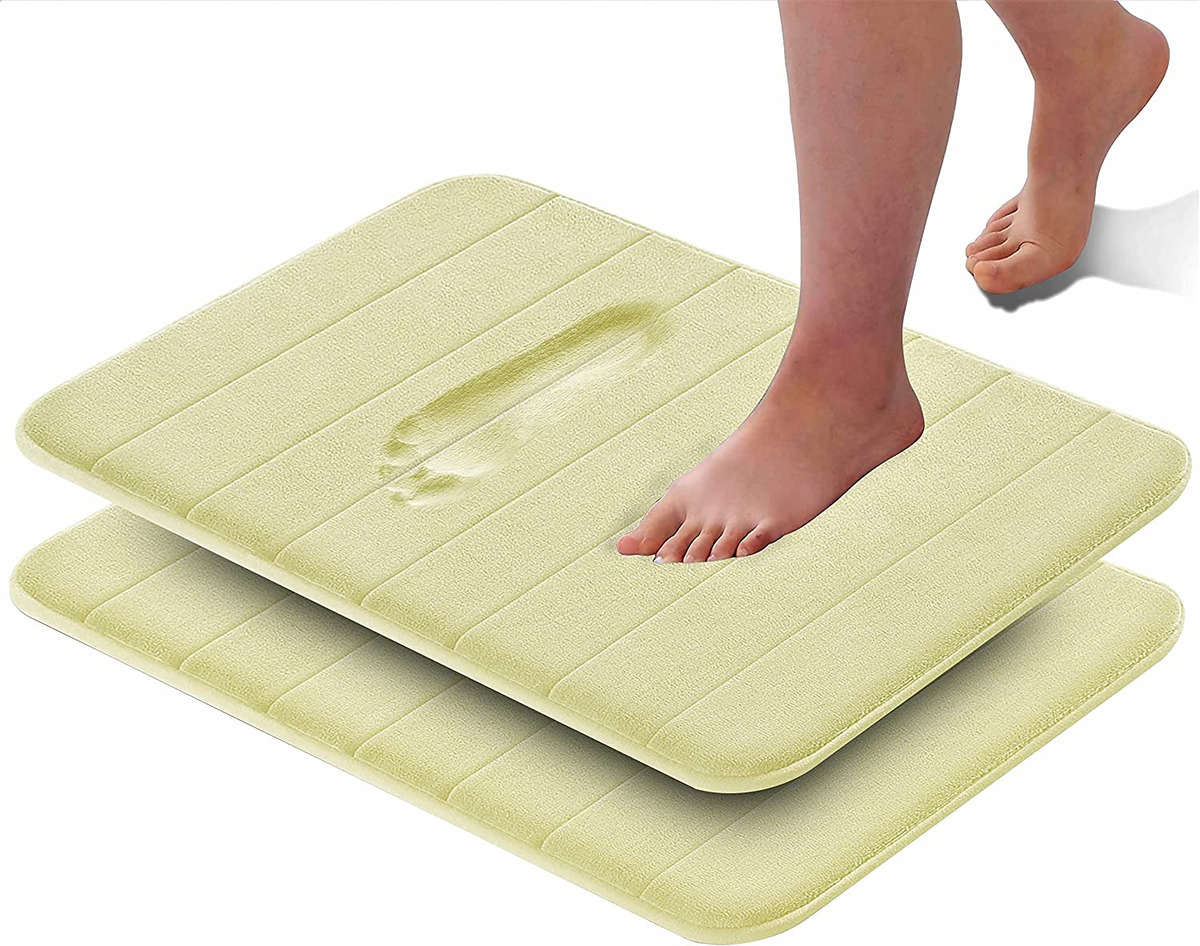
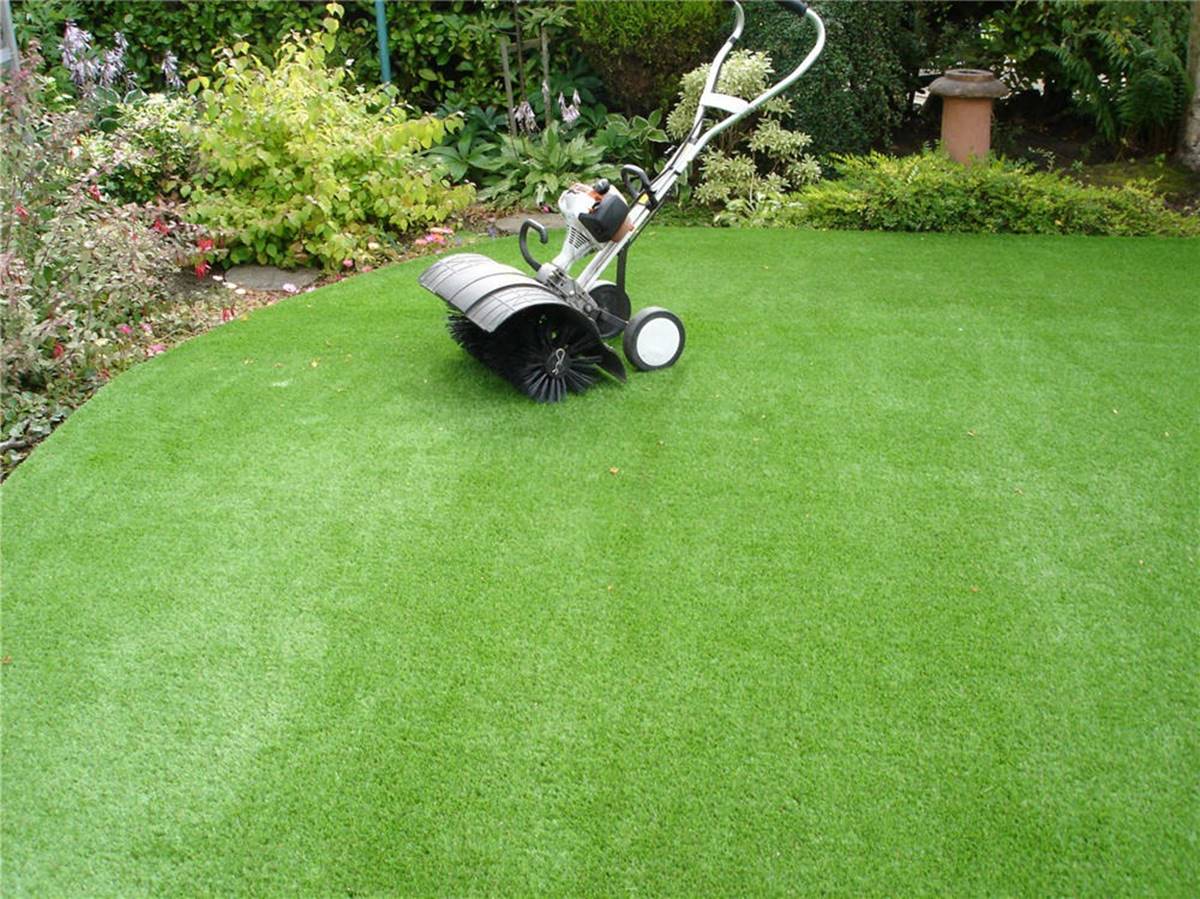
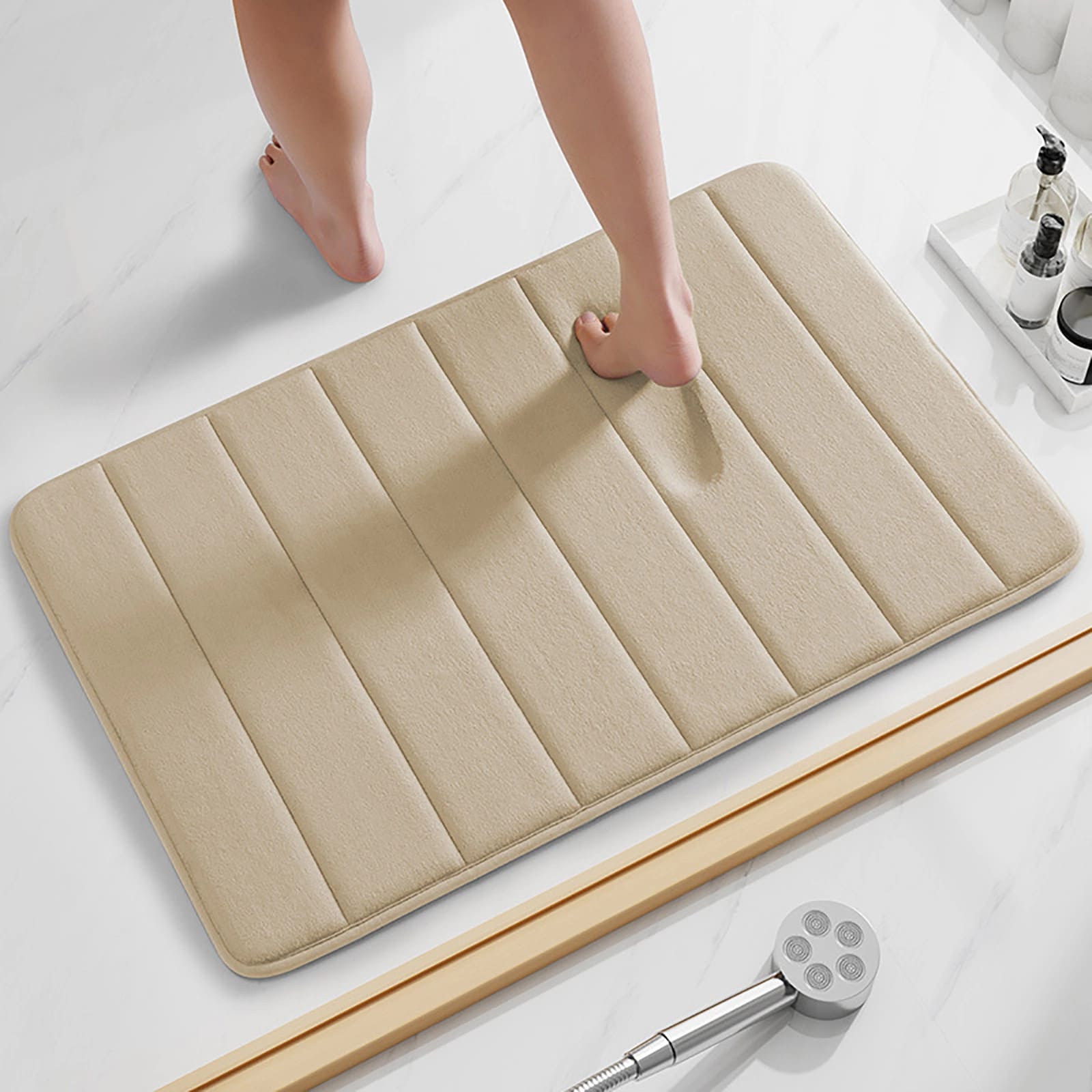
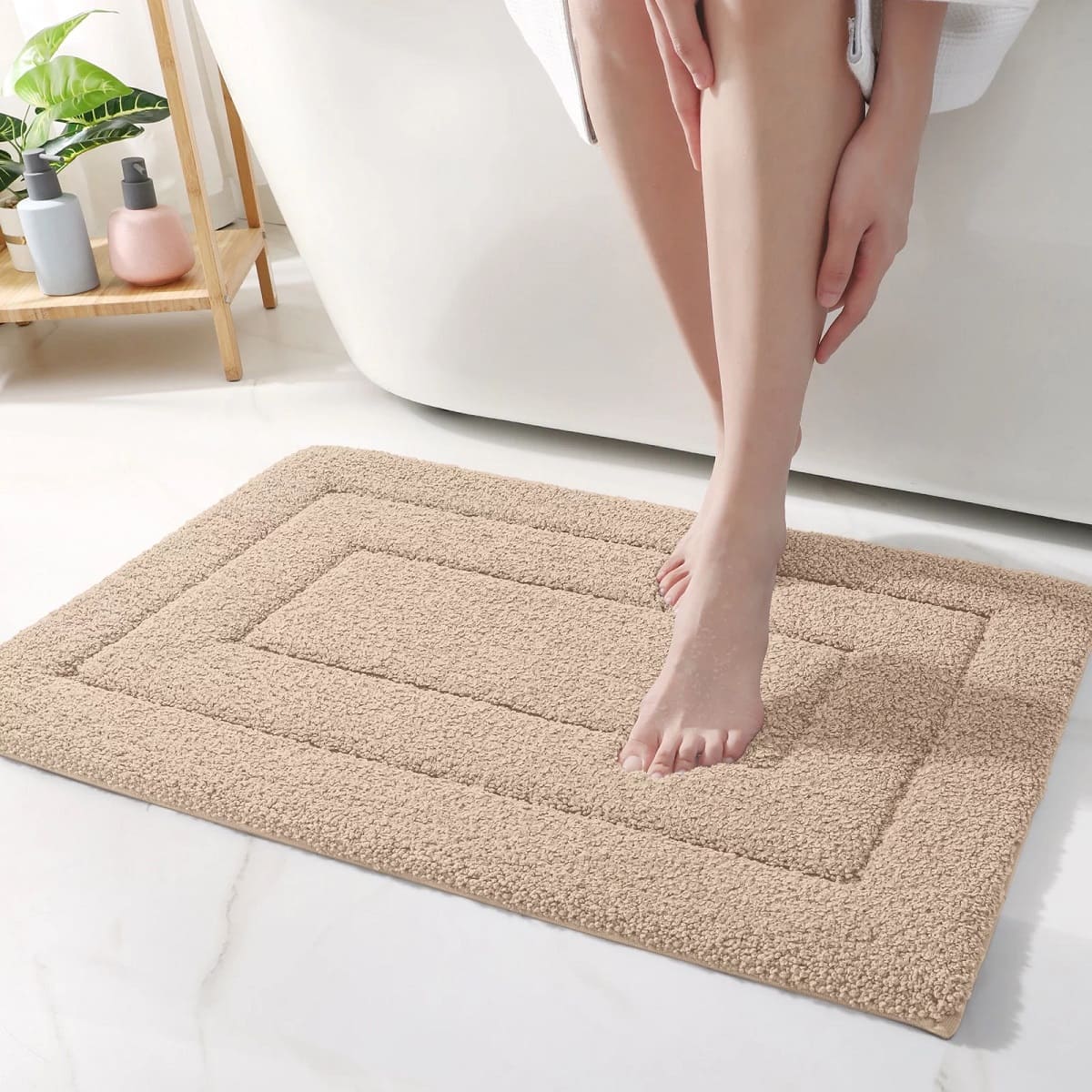
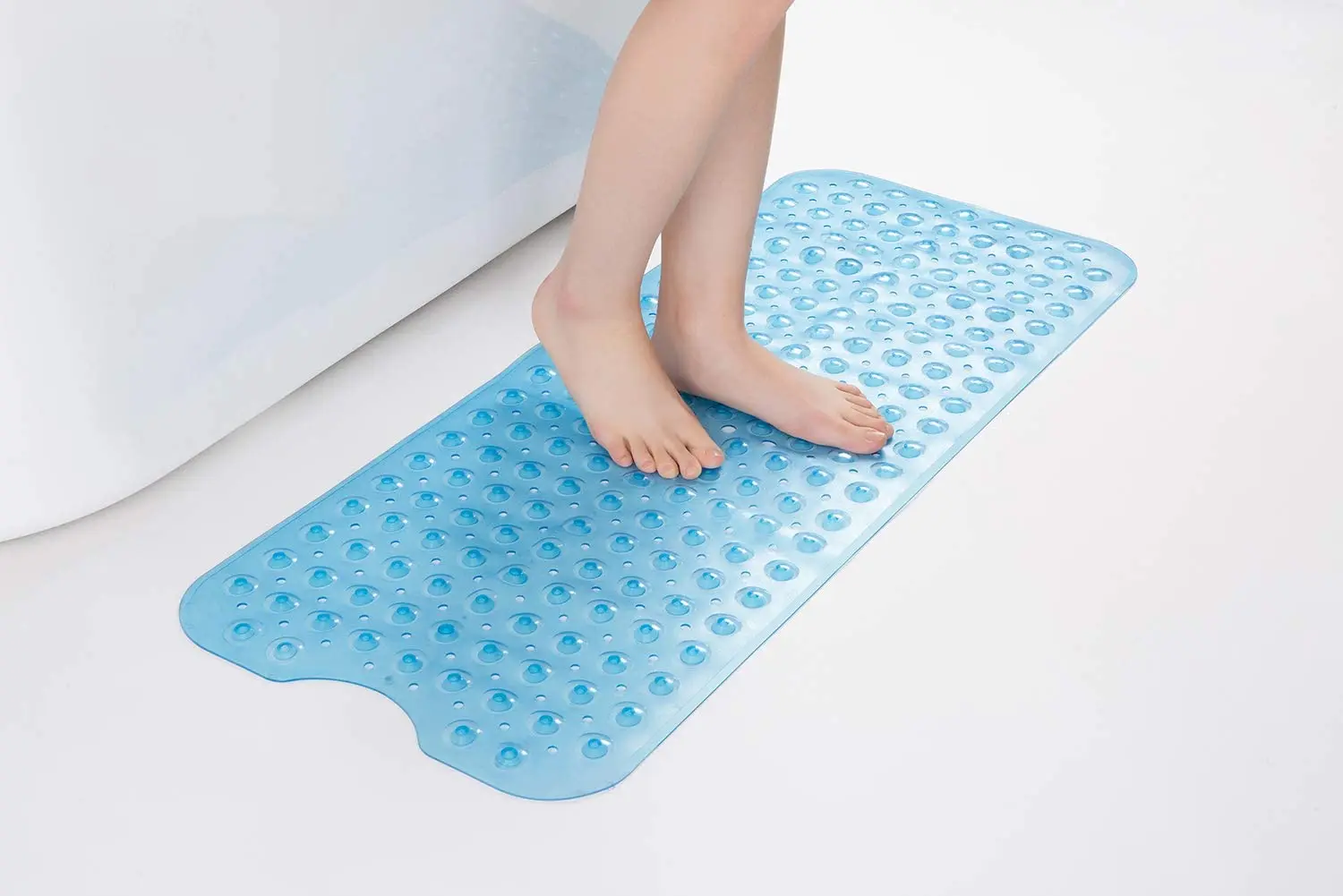
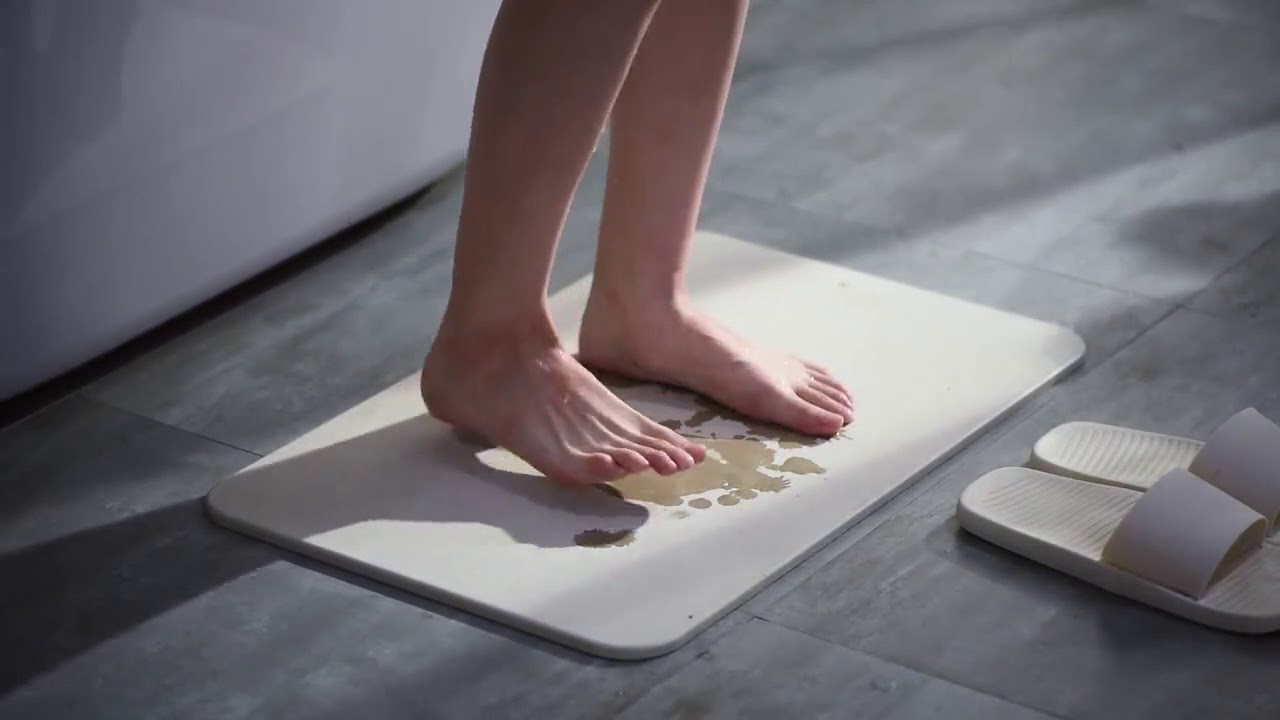
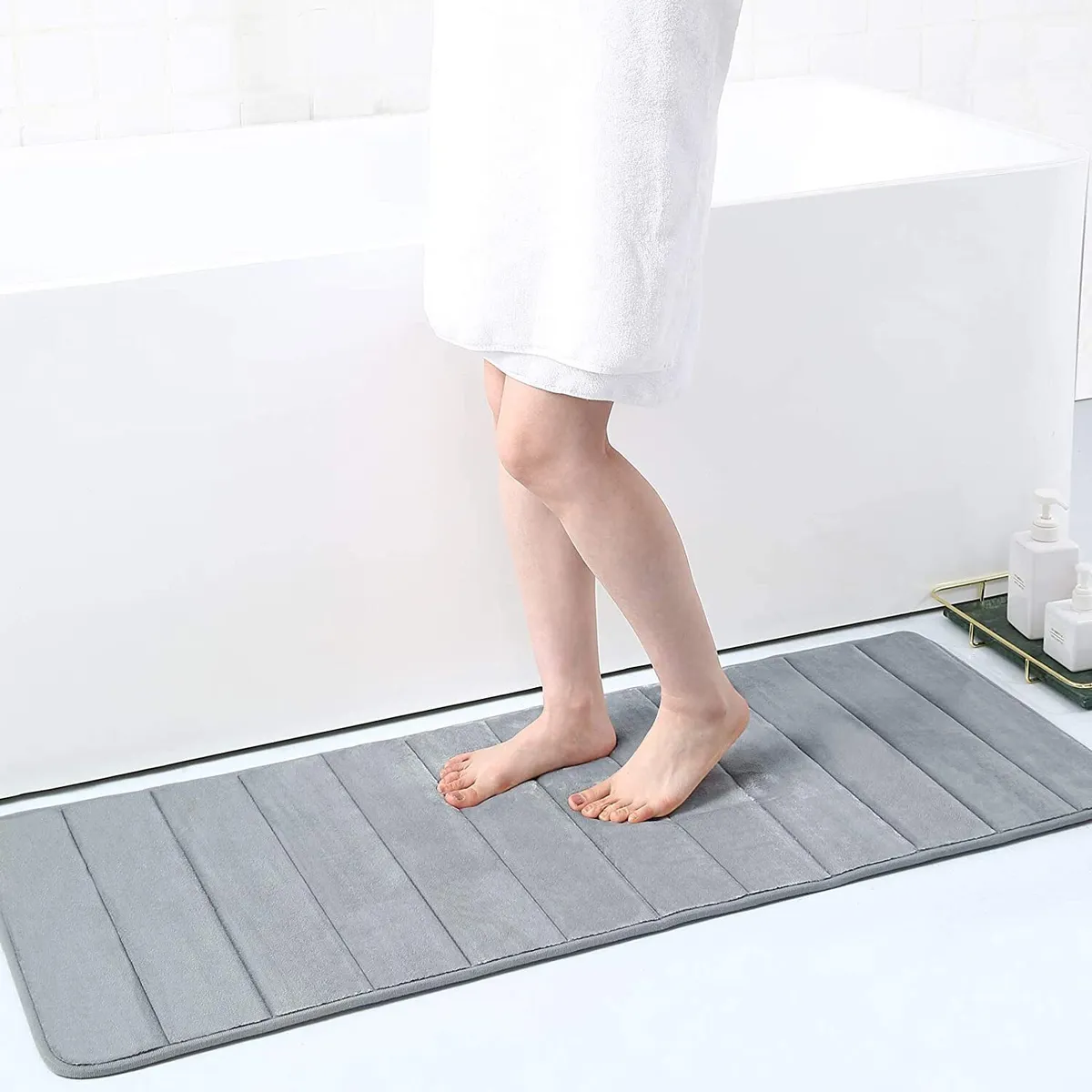

0 thoughts on “How To Wash A Plastic Bath Mat”